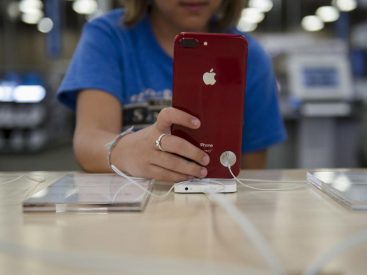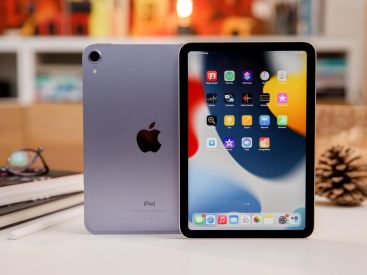Contents
Introduction
Have you ever wondered what does the Apple buyback mean for stockholders? Well, let’s dive in. Recently, Apple announced a staggering $110 billion stock buyback plan, and it’s got everyone buzzing. It’s not just a bunch of numbers; this move has deep implications for investors and could mean a lot for their wallets. So, what exactly does this mean for stockholders? Join me, Nicole P. Dotts, as we explore the ins and outs of this significant buyback and what it means for you.
Stock Buybacks Overview
First off, let’s break down stock buybacks. A stock buyback, or share repurchase, is when a company buys back its own shares from the marketplace. It’s like saying, “Hey, we believe in our business, and we’re investing in our future.” That’s right! By reducing the number of outstanding shares, the company aims to boost its stock price and increase the earnings per share (EPS).
In Apple’s case, this is a strategic move to enhance future market value. The intention is crystal clear: show confidence in the company’s financial health. When a company like Apple executes a buyback, it signals to investors that they are committed to maximizing shareholder returns.
Overview of Apple’s Stock Buyback Plan
Now, let’s get into the nitty-gritty of Apple’s buyback plan. The company has laid out a $110 billion plan to repurchase its shares. It’s a huge figure and marks one of the largest buybacks in U.S. history. To put it into perspective, Apple has significant cash reserves, which allows it to engage in such a massive financial undertaking.
According to a recent article from Fast Company, if this buyback goes through, it’ll reshape how investors perceive Apple’s stock. Additionally, this move might lead to a positive uptick in its stock prices, making it an enticing option for potential investors. Essentially, it’s like Apple is waving a big flag saying, “Invest in us. We’ve got this!”
Historical Context
The historical context of Apple’s buyback is quite interesting. Looking back at previous major buybacks in U.S. history, it’s clear that Apple is taking a bold step. Companies typically initiate buybacks to manage their stock, optimize capital, and signal strength in uncertain times. Apple’s planned buyback stands out not just because of its size, but also because of the timing—it’s a response to growing investor expectations and market dynamics.
Implications for Stockholders
So, what are the implications for stockholders? Buckle up because this is where it gets exciting! In the short term, stock buybacks can lead to an increase in stock prices. Why? It’s simple. Fewer shares on the market mean that each share has a bigger slice of the company’s earnings. Plus, when Apple invests in itself, it signals confidence, which can boost investor sentiment.
In the long run, the benefits become even clearer. As Apple continues to generate revenue and profits, the increase in EPS driven by the buyback can enhance overall shareholder value. As noted in the article from Bankrate, stock buybacks can help improve the perception of a company’s financial health, attracting more investors looking to get in on the action.
Market Reactions and Investor Response
When it comes to market reactions, let’s just say this news created a buzz. Typically, investors respond positively to announcements of buybacks. The sentiment is that if a company believes in its future growth, why wouldn’t you? According to research, buyback announcements generally lead to a rise in stock prices, and Apple’s case may very well follow this trend.
Additionally, this buyback plan could result in increased attention from financial analysts and investment firms. They might start championing Apple as a stock to hold, further elevating its status in the market. As a stockholder, this could mean smoother sailing ahead.
Financial Strategy Behind Buybacks
But what drives Apple’s decision to engage in this buyback? It comes down to capital allocation and financial strategy. By utilizing excess cash to buy back shares, Apple is optimizing its capital structure. They’re saying, “We can give back to our shareholders and use our resources wisely.”
This buyback isn’t merely about putting cash back into the market. It’s part of a broader strategy to enhance shareholder returns and manage the company’s debt effectively. With each share repurchased, Apple is increasing its EPS, ultimately making the stock more attractive for current and future investors.
Conclusion
In summary, the Apple buyback is more than just a financial maneuver; it’s a bold statement of confidence in its future. For stockholders, this news means potential growth in value and dividends, making it an exciting time to be an Apple investor. Don’t forget to engage with us either by leaving comments or sharing our content! For more about Apple products, visit iphone7price.org.


